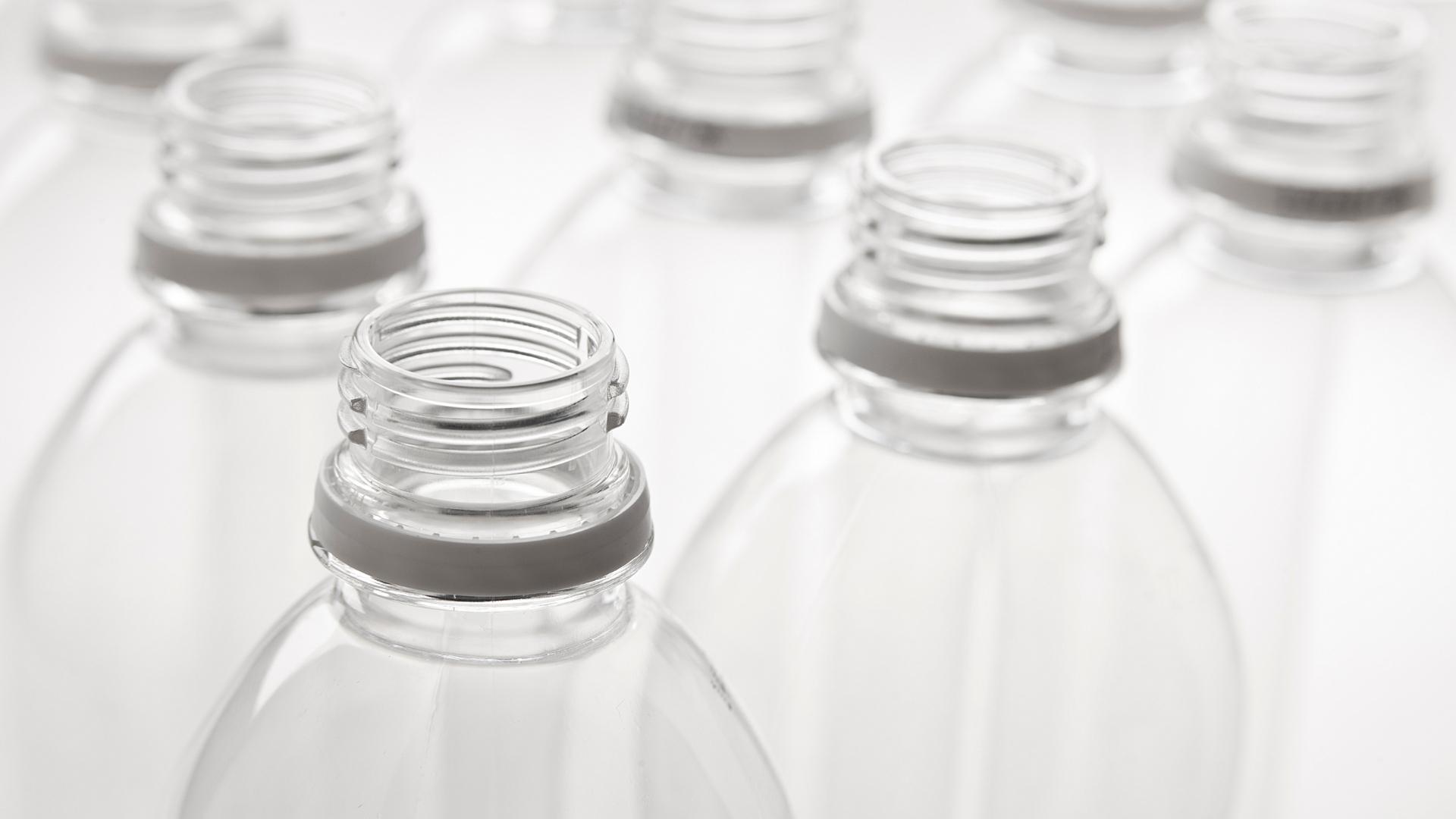The more you know about these toxins, the scarier life becomes. We wonder how we can protect our children from being poisoned, and we make decisions to reduce their exposure, for example by not using pesticides, buying organic food and avoiding plastic in the kitchen and the playroom. And then well-meaning relatives or friends tell us off for being neurotic and over-protective. That is when you need to be well informed, so you can explain why you make these choices.
There is plenty of research published about the effects of environmental toxins on children's health and development. In this article, I will focus on BPA plastic. Why is it so bad? What does it do to our bodies and brains? And to the environment?
Hard plastics contain bisphenols to make them less brittle. There are more than a thousand studies on their effects. I find it interesting that 100% of the studies funded by the plastics industry found BPA from plastic to be safe for humans while 99% of the more than 1000 independently funded studies (mostly in animals) and over 80 epidemiological studies in humans found that it is toxic even in tiny amounts. In particular, it affects our hormones by disrupting our endocrine system.
BPA interferes with the development of sperm cells and with normal prostate development (potentially affecting fertility and increasing the risk of prostate cancer later in life). BPA is also very damaging to egg cells and affects the success of in vitro fertilization: the higher the BPA plastic in a woman's body, the lower the chance of a successful pregnancy – the chemical influences the quality of the sperm cells, egg cell and eventually the embryo.
The harm caused by BPA in pregnant mothers at levels that the average US population is exposed to (exposure in Australia and New Zealand is similar) include ADHD-type behaviour changes in their children: learning problems, reduced attention and an increase in aggressive behaviour; it is also associated with increased anxiety in children.
BPA from plastic has also been found in breast cancer cells; it is considered a carcinogen and this effect starts in utero when the mammary glands (or breast tissue) develop. It leads to an increased risk of cancer (another common cause of disease and death).
BPA is excreted in the urine and is released into the environment. Thousands of pounds of BPA are released into the air from industrial smokestacks and then settles into streams near these factories. It also leaches from plastic in landfills into groundwater. It is such a small molecule that it does not get filtered out of the water in waste treatment plants.
So once the BPA plastic is released into the environment, it enters a cycle from which we cannot easily escape. Luckily the half-life is relatively short – several weeks or months, so it does not persist in the environment (as many other toxins do). The other good news is that carbon filters filter out BPA from water.
Due to consumer demand (and in more progressive countries due to regulations) many manufacturers have started to produce BPA-free containers, bottles and cans. So you can now buy BPA free plastic water bottles, baby bottles, – but are they any safer? In fact, the producers replaced BPA plastic with other plasticizers, such as BPS. Research indicates that BPS may be even more toxic than BPA, we just have not had a chance to study it in depth. I would not be surprised if, in a few years, BPS was banned.
References
Ejaredar M, Lee Y, Roberts DJ, Sauve R, Dewey D.
Bisphenol A exposure and children's behavior: A systematic review. J Expo Sci Environ Epidemiol. 2016 Mar 9. doi: 10.1038/jes.2016.8. [Epub ahead of print]
Chen D, Kannan K, Tan H, Zheng ZG, Feng YL, Wu Y, Widelka M. Bisphenol Analogues Other Than BPA: Environmental Occurrence, Human Exposure, and Toxicity – A Review. Environ Sci Technol. 2016 May 4. [Epub ahead of print]
vom Saal FS, Hughes C. An extensive new literature concerning low-dose effects of bisphenol A shows the need for a new risk assessment. Environ Health Perspect. 2005 Aug;113(8):926-33.
 Stay connected and keep up to date with the latest in Functional Medicine
© 2025 | mindd.org | All rights reserved
Stay connected and keep up to date with the latest in Functional Medicine
© 2025 | mindd.org | All rights reserved

